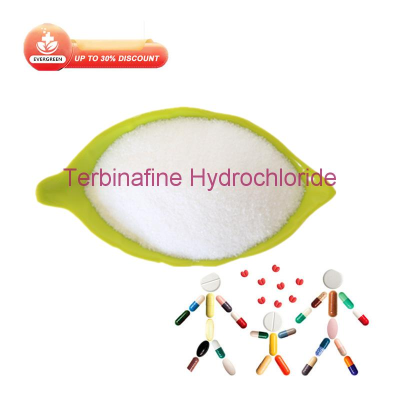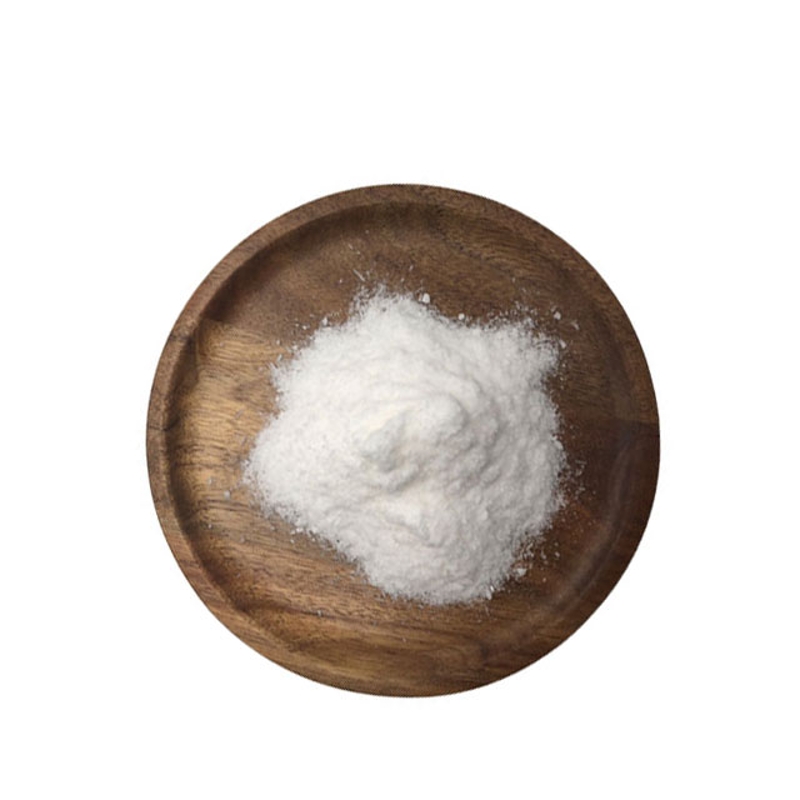-
Categories
-
Pharmaceutical Intermediates
-
Active Pharmaceutical Ingredients
-
Food Additives
- Industrial Coatings
- Agrochemicals
- Dyes and Pigments
- Surfactant
- Flavors and Fragrances
- Chemical Reagents
- Catalyst and Auxiliary
- Natural Products
- Inorganic Chemistry
-
Organic Chemistry
-
Biochemical Engineering
- Analytical Chemistry
- Cosmetic Ingredient
-
Pharmaceutical Intermediates
Promotion
ECHEMI Mall
Wholesale
Weekly Price
Exhibition
News
-
Trade Service
Worldwide, an estimated 1.
8 million children and adolescents under the age of 15 are infected with the human immunodeficiency virus (HIV)
.
Human immunodeficiency virus type 1 (HIV-1) infected children have limited options for effective antiretroviral therapy (ART), and the outcome is always poor
Children's infection immunity
experimental method:
Experimental method: Experimental method:We conducted an open, randomized, non-inferiority trial that compared three-drug ART based on the HIV integrase inhibitor dulutvir with standard treatment (non-Duru Tweed ART)
.
The primary endpoint was the proportion of subjects who failed virological or clinical treatment at 96 weeks, estimated by the Kaplan–Meier method
Experimental results:
Experimental results: Experimental results:From September 2016 to June 2018, a total of 707 children and adolescents weighing at least 14 kg were randomly assigned to receive Dolutegravir-based ART (350 participants) or standard treatment (357)
.
The median age was 12.
According to the design, 311 subjects (44%) started first-line ART (92% of subjects in the standard treatment group received efavirenz-based ART), and 396 subjects (56%) started second-line ART (98% of the standard treatment group) Subjects received ART based on enhanced protease inhibitors)
.
The median follow-up time was 142 weeks
By 96 weeks, 47 subjects in the Dolutegravir group and 75 subjects in the standard treatment group had failed treatment (estimated probability, 0.
14 vs.
0.
22; difference, -0.
08; 95% confidence interval, -0.
14 to -0.
03; P = 0.
004)
.
The therapeutic effects of first-line and second-line treatments were similar (heterogeneity P = 0.
By week 96, 47 subjects in the Dolutegravir group and 75 subjects in the standard treatment group had failed treatment
A total of 35 and 40 subjects in the Dolutegravir group and the standard treatment group had at least 1 serious adverse event (P = 0.
53), 73 and 86 subjects respectively had at least 1 grade ≥3 adverse event (P = 0.
24)
.
At least 1 ART-modified adverse event occurred in 5 and 17 subjects in the Dolutegravir group and the standard treatment group, respectively (P = 0.
A total of 35 and 40 subjects in the Dolutegravir group and the standard treatment group had at least 1 serious adverse event (P = 0.
No major drug resistance mutations occurred in the Dolutegravir group after treatment failure.
Table 2: Comparison of Dolutegravir-based ART and standard treatment efficacy endpoints
Table 3: Comparison of genotype resistance between Dolutegravir-based ART and standard treatment
Table 4: Comparison of safety endpoints of Dolutegravir-based ART and standard treatment
in conclusion:
Conclusion: Conclusion:In this trial involving HIV-1-infected children and adolescents who started first-line or second-line treatment, Dolutegravir-based ART was superior to standard treatment
In this trial involving HIV-1-infected children and adolescents starting first-line or second-line treatment, Dolutegravir-based ART was superior to standard treatment
Original link: https://pubmed.
https://pubmed.
ncbi.
nlm.
nih.
gov/34965338/
Dolutegravir as First- or Second-Line Treatment for HIV-1 Infection in Children
Dolutegravir as First- or Second-Line Treatment for HIV-1 Infection in Children Leave a message here






